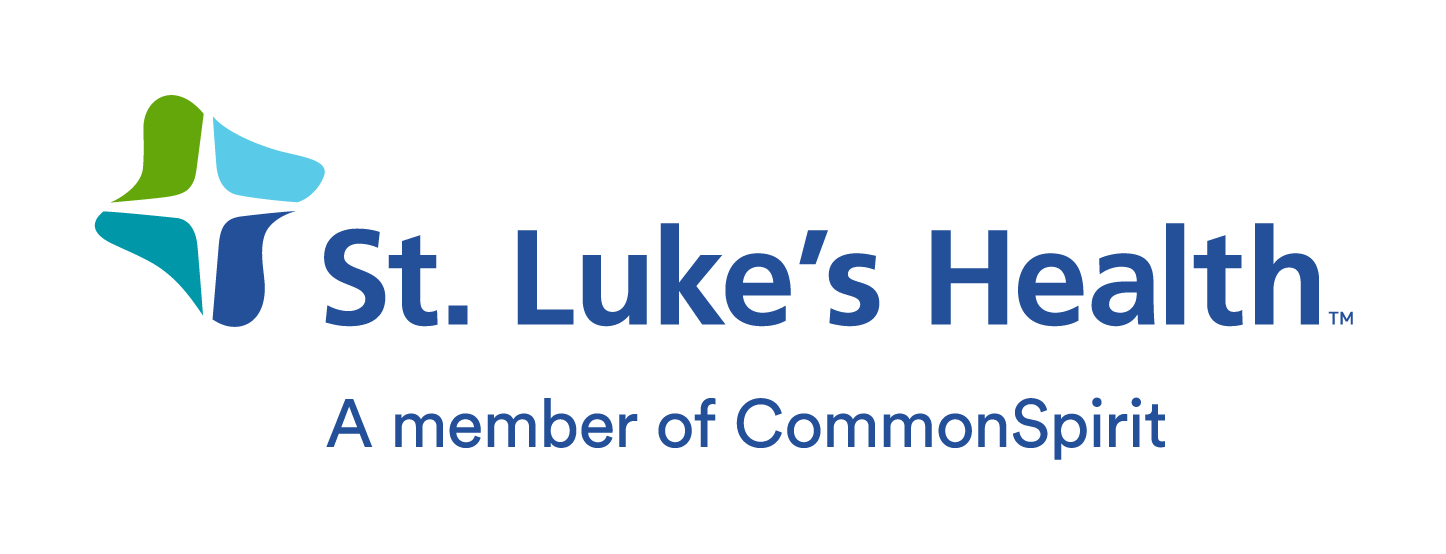One in eight men will develop prostate cancer in their lifetime—around the same percentage of women who will develop breast cancer. Come October, stores, advertisements and even NFL teams will be awash in pink to honor Breast Cancer Awareness Month. However, Prostate Cancer Awareness Month in September does not yet have the same cultural saturation. There are numerous reasons for this lack of awareness, but providers can take steps to drive conversations about men’s risk of cancer and whether they need screenings. As part of our drive for improved health equity, here’s how St. Luke’s Health is putting these strategies into practice.
The Gaps Between Breast and Prostate Cancer Awareness
In 2021, around 75.9 percent of women 50 to 74 years old had had a mammogram in the past two years, according to the National Cancer Institute. However, for men, prostate cancer screening rates were significantly lower. About 37.1 percent of men ages 55 to 69 had had a PSA test in the past year in 2021. In Texas, just 27 percent of men ages 40 and older had a PSA screening test in 2020.
One of the biggest reasons for that disparity, of course, is that mammograms are currently recommended for all middle-aged and older women, while there is no clear consensus on PSA screening for men at average risk of prostate cancer. Mammograms can detect tumors, while high PSA levels don’t always signify cancer, leading to sometimes unnecessary further testing and anxiety. Additionally, the ACA requires insurance companies to pay for basic screening mammograms in women 40 and older (and some younger high-risk patients), while there are no requirements for PSA testing coverage.
Other Reasons for Disparity
Screening recommendations and insurance coverage are only part of the reason for a lack of PSA testing. In Texas, only half of men have even discussed the possibility of PSA testing with healthcare providers, which means we aren’t doing our job informing patients of the risks and benefits of the test.
There are other reasons for a disparity in awareness and screenings that providers can and should work to address, including:
African American men, who are at the higher risk for prostate cancer, are much less likely to receive timely screening and diagnosis, partially due to social determinants of health such as lack of education or health care access.
In general, men are less likely than women to seek medical care for any reason.
Many men are unaware that having family members with breast or ovarian cancers puts them at a higher risk for prostate cancer.
Many men don’t know that the same genetic mutations that can cause breast cancer can also cause prostate cancer and do not undergo genetic testing.
Some men still think prostate cancer screening always involves a digital rectal exam instead of a simple blood test and avoid screening due to perceived discomfort.
Strategies to Address Disparities
It is clear that primary care providers and urologists need to do more to get men to discuss screenings for prostate cancer. We also need to do more to help men understand their own risk factors for prostate cancer. Finally, we need to be honest with ourselves about the ways in which we could better serve our patients. Some strategies to try include:
Ask your male patients about their family history of breast and ovarian cancers. If they don’t know, encourage them to ask about it. One recent study found 64 percent of men did not know their family history of cancer, and 77 percent did not know any history of urological issues.
Ask patients who might qualify whether they are interested in genetic testing for prostate cancer risk. Insurance plans are more likely to pay for genetic testing than they once were.
Inform men that DRE is rarely used. One study found almost 40 percent of men would not go see a doctor about prostate concerns over fear of the exam. Stigma is higher in the African American community, and it can also trigger men who have experienced sexual assault. Increasing awareness about prostate cancer screening should also include increasing awareness of how it is done with PSA testing.
Interrogate your own practice. Studies show over and over that African American men receive worse health care than white men. Are you truly listening to all your patients the same way and offering the same level of care?
Provide outreach, education or low-cost screenings to African American neighborhoods. Work with leaders, community centers or churches to start building trust in your practice, as low levels of trust in health care providers are one reason some African Americans avoid care.
Start the conversation about PSA testing—don’t wait for patients to bring it up. The Prostate Cancer Foundation now recommends discussing screening with all African American patients between ages 40 and 45. The American Cancer Society recommends age 40 for very high risk and 45 for high risk. The USPSTF is currently rewriting its guidelines for screening.




